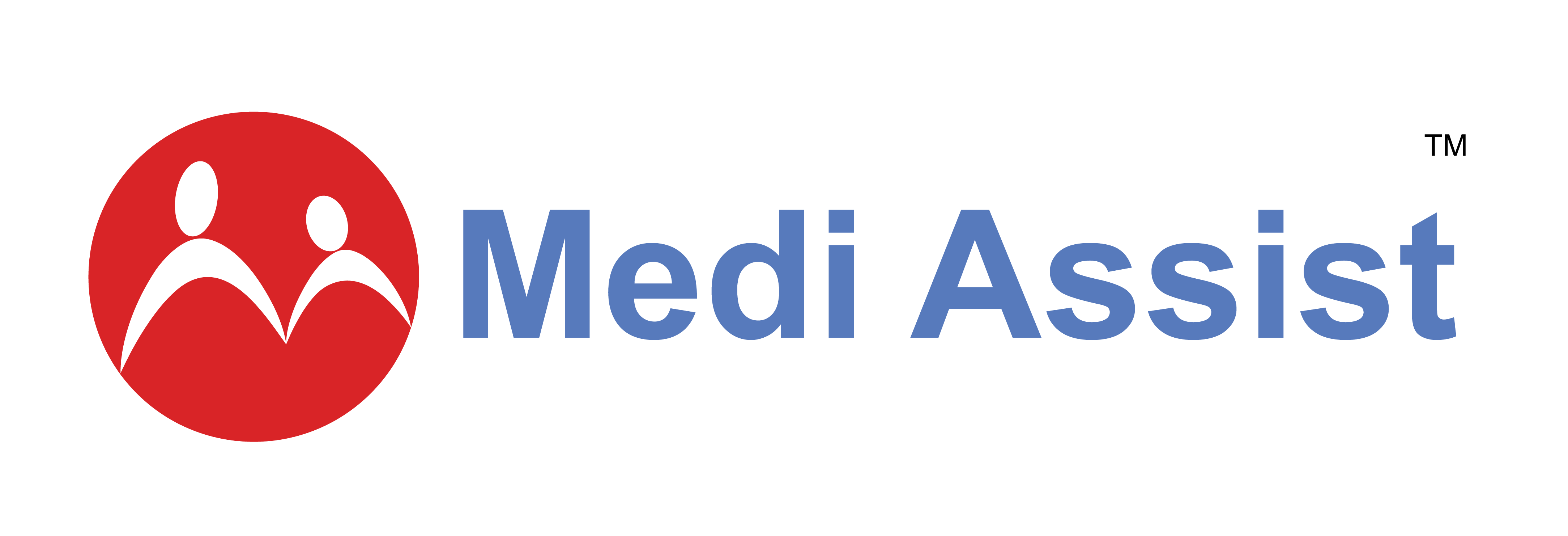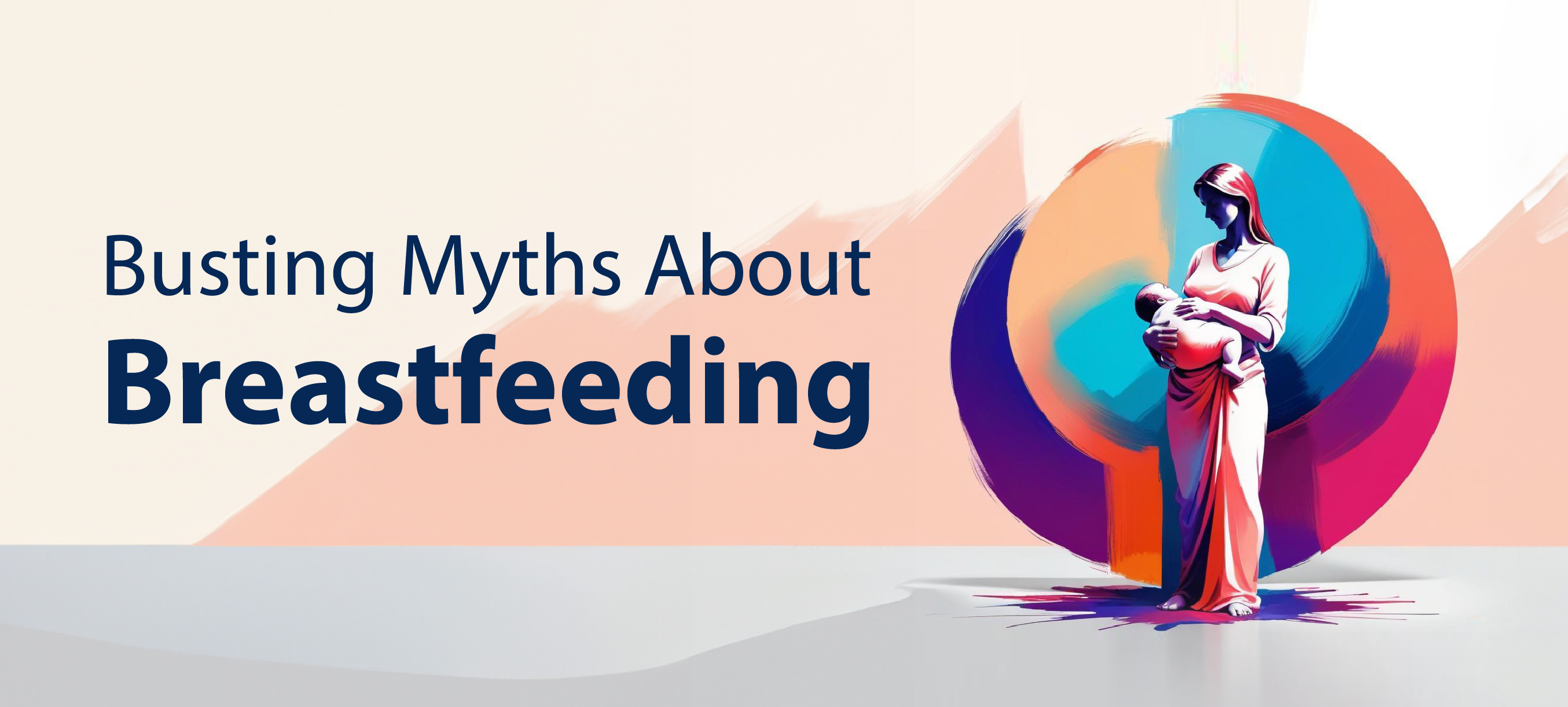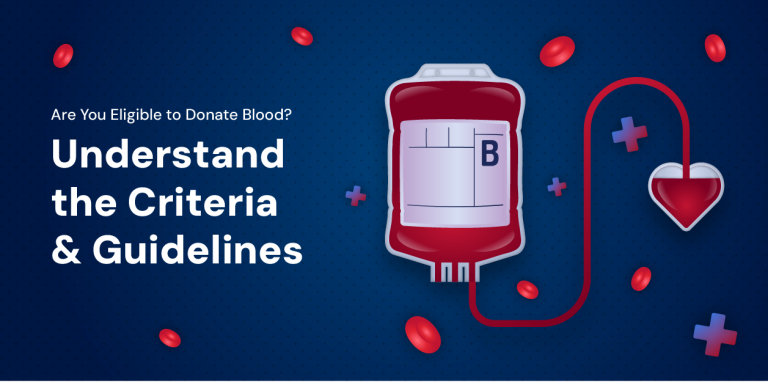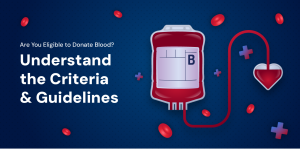Motherhood is exciting but also a tough ride. Once the baby is born, it can be overwhelming for parents to navigate the uncertain path of parenthood. Breastfeeding is an instinct, and it can be confusing to get it right initially for the mother and the baby amidst the multiple myths floating around.
Here are a few myth-busters to help all new moms make breastfeeding comfortable and pleasant.
Myth 1: The mother has to follow a specific diet while breastfeeding
There is no specific diet that a breastfeeding mother must follow, nor is there a list of foods that interfere with milk production that she should avoid. The requirement is to eat nutritious food to maintain the health of the mother and the baby.
Myth 2: Combination feeding provides adequate nutrition to the baby
Breastfed babies get sufficient nutrition from their mother’s milk. Feeding the baby formula milk along with breastfeeding can result in overfeeding and decreasing the production of the mother’s milk.
Myth 3: Breastfed babies need water
The mother’s milk contains around 87% water, which is enough for the baby. Breastfed babies don’t require additional water even if they are exposed to hot weather.
Myth 4: Breastfeeding makes the baby dependent on the mother
Breastfeeding fosters a sense of security in the babies when the mother holds and caresses them. This initial bonding and attachment helps babies grow emotionally healthy and independent.
Myth 5: Breastfeeding is painful
Breastfeeding is a painless process and the mother experiences only a mild tugging on the breast. It only hurts if the baby is not positioned correctly or if the mother has inverted nipples.
Myth 6: Breastfeeding makes the breasts sag
Age, hereditary, and pregnancy are the factors that lead to sagging. Breastfeeding does not cause the breasts to sag.
Myth 7: The mother is required to clean her nipple before breastfeeding
The area around the nipples has certain protective oils that keep them free from germs. Hence mothers can rinse their breasts with water once a day. Using soap or wipes that contain alcohol can irritate the nipples.
Myth 8: Breastfeeding exhausts the mother
Breastfeeding saves a lot of work for the mother compared to giving the baby formula milk. This includes tasks such as making the formula and sanitizing the bottles afterward. The hormones secreted while breastfeeding enable the mother to feel peaceful and calm.
Myth 9: Some mothers don’t produce sufficient milk
The same amount of milk that is sucked by the baby is produced in the breast. Hence, the more babies suckle, the more milk will be produced. This explains why a mother can feed twins and triplets adequately, even if the size of their breasts is small.
However, if a mother has a hormonal imbalance or a physical disorder it can lead to a low supply of milk.
Myth 10: If the mother is unwell, she should not feed her baby
If the mother is ill, the baby is most likely exposed to the infection already. If the baby hasn’t fallen sick, it indicates that the mother’s condition is not very severe. Additionally, the mother’s milk contains antibodies that protect the baby.
However, mothers shouldn’t feed their babies if they have an HIV infection or untreated tuberculosis.
Most mothers are led to believe that breastfeeding requires no training and happens naturally. Like all other practices breastfeeding takes time to adapt. The experience is more likely to be smooth and pleasant when guided with the right information from reliable sources, support from family members, and patience so that things will settle down soon.
-Content partner Happiest Health







